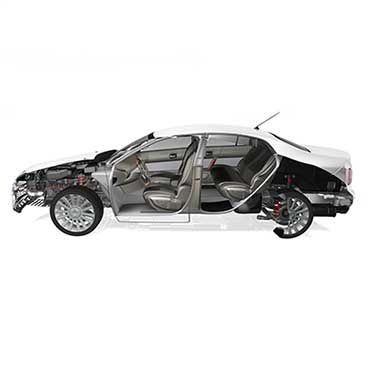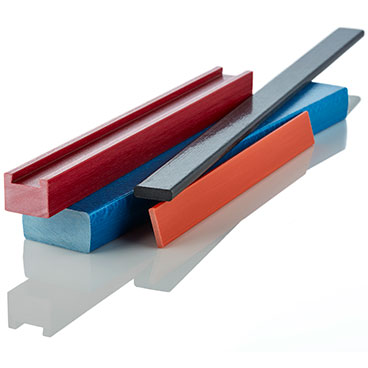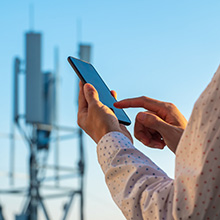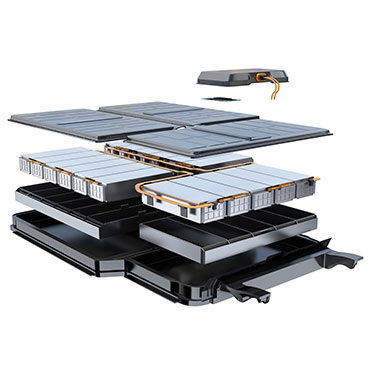Idea Center
The Starting Point: Intrinsic Design
Why design and materials should be inextricably linked for successful products.
Why design and materials should be inextricably linked for successful products.
Why design and materials should be inextricably linked for successful products.
Why design and materials should be inextricably linked for successful products.
Recent Ideas
All Ideas
 How to Lightweight Automotive Components
Exploring Three Key Opportunities for Metal-to-Plastic Conversion
More
How to Lightweight Automotive Components
Exploring Three Key Opportunities for Metal-to-Plastic Conversion
More
 Creating Circular Composites: Challenges and Opportunities for Polymer Materials Engineers
The Path to Sustainability
More
Creating Circular Composites: Challenges and Opportunities for Polymer Materials Engineers
The Path to Sustainability
More
 Designing Parts to Meet Sustainability Goals
Exploring the various possibilities when incorporating sustainability into part design.
More
Designing Parts to Meet Sustainability Goals
Exploring the various possibilities when incorporating sustainability into part design.
More
 Pultruded Composites: A Design and Material Engineer's Guide
This guide will explore the benefits, drawbacks, and target applications of pultruded composites.
More
Pultruded Composites: A Design and Material Engineer's Guide
This guide will explore the benefits, drawbacks, and target applications of pultruded composites.
More
 A Guide to NIAS: Prioritizing Safety and Sustainability in Plastic Food Packaging
This guide will explore the industry impact of NIAS and how to ensure safety and sustainability in plastic food and beverage packaging.
More
A Guide to NIAS: Prioritizing Safety and Sustainability in Plastic Food Packaging
This guide will explore the industry impact of NIAS and how to ensure safety and sustainability in plastic food and beverage packaging.
More
 Understanding PCR in Closure Applications
Understanding the challenges of incorporating PCR and exploring potential solutions.
More
Understanding PCR in Closure Applications
Understanding the challenges of incorporating PCR and exploring potential solutions.
More
 Strategies to Manage Your Carbon Footprint
A guide to defining, reducing, and calculating your carbon footprint.
More
Strategies to Manage Your Carbon Footprint
A guide to defining, reducing, and calculating your carbon footprint.
More
 Comparing Sustainable TPEs to Traditional Alternatives
Explore the differences between sustainable TPEs, conventional TPEs, and silicone.
More
Comparing Sustainable TPEs to Traditional Alternatives
Explore the differences between sustainable TPEs, conventional TPEs, and silicone.
More
 Understanding TPE Material and Performance for Enabling 5G Technologies
Discover the effects of material formulations and thickness on dielectric performance
More
Understanding TPE Material and Performance for Enabling 5G Technologies
Discover the effects of material formulations and thickness on dielectric performance
More
 Enhance Electric Vehicle Battery Design and Performance
Discover the advantages of using engineered polymers in EV battery applications.
More
Enhance Electric Vehicle Battery Design and Performance
Discover the advantages of using engineered polymers in EV battery applications.
More
 Getting More Efficient with Polymer Colorants
A look at the challenges and potential solutions when ordering and using smaller amounts of colorants.
More
Getting More Efficient with Polymer Colorants
A look at the challenges and potential solutions when ordering and using smaller amounts of colorants.
More
 Traceability for Recycled Textiles
Support recycled content labels for synthetic textiles with a low-investment traceability solution.
More
Traceability for Recycled Textiles
Support recycled content labels for synthetic textiles with a low-investment traceability solution.
More
